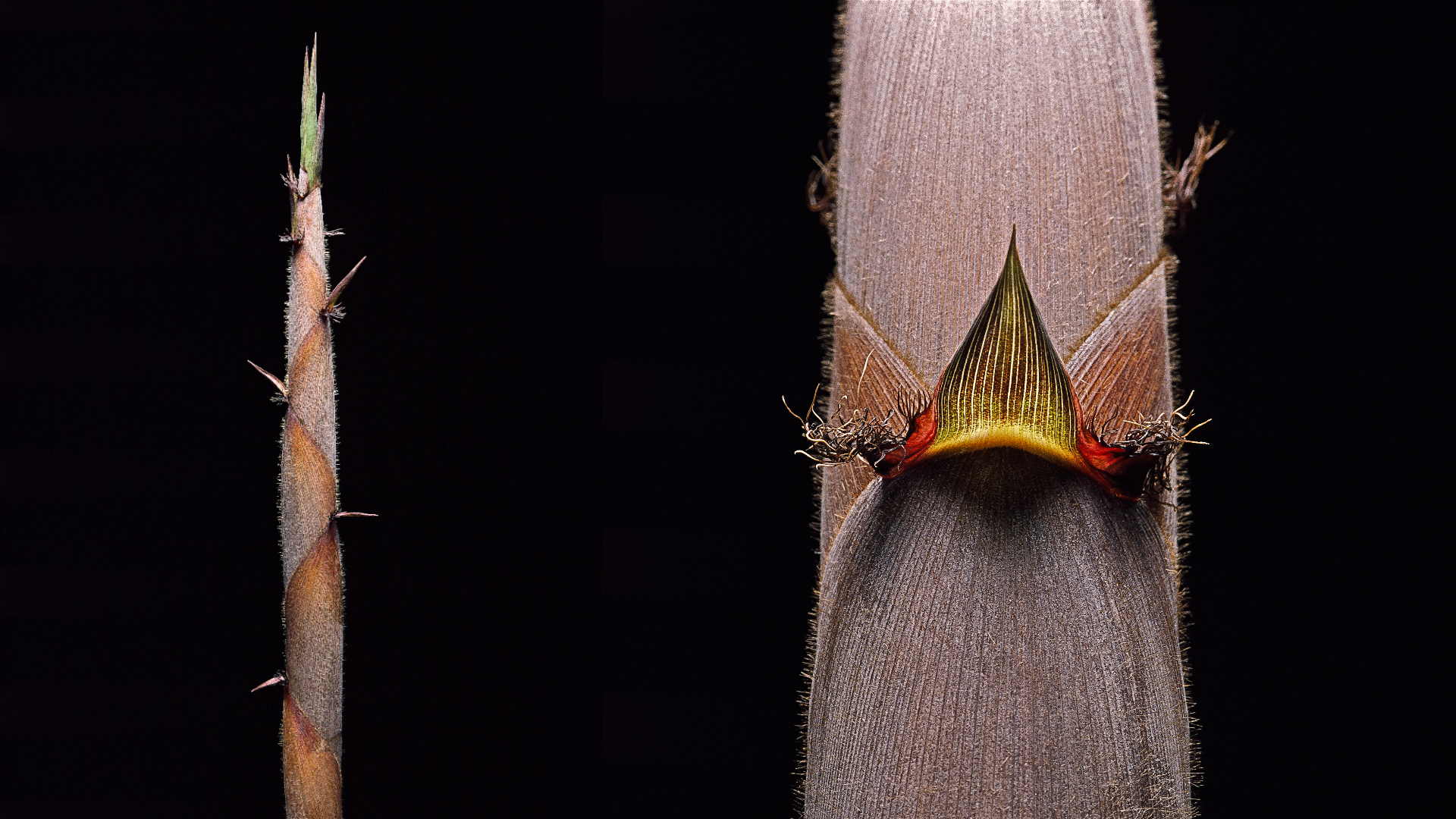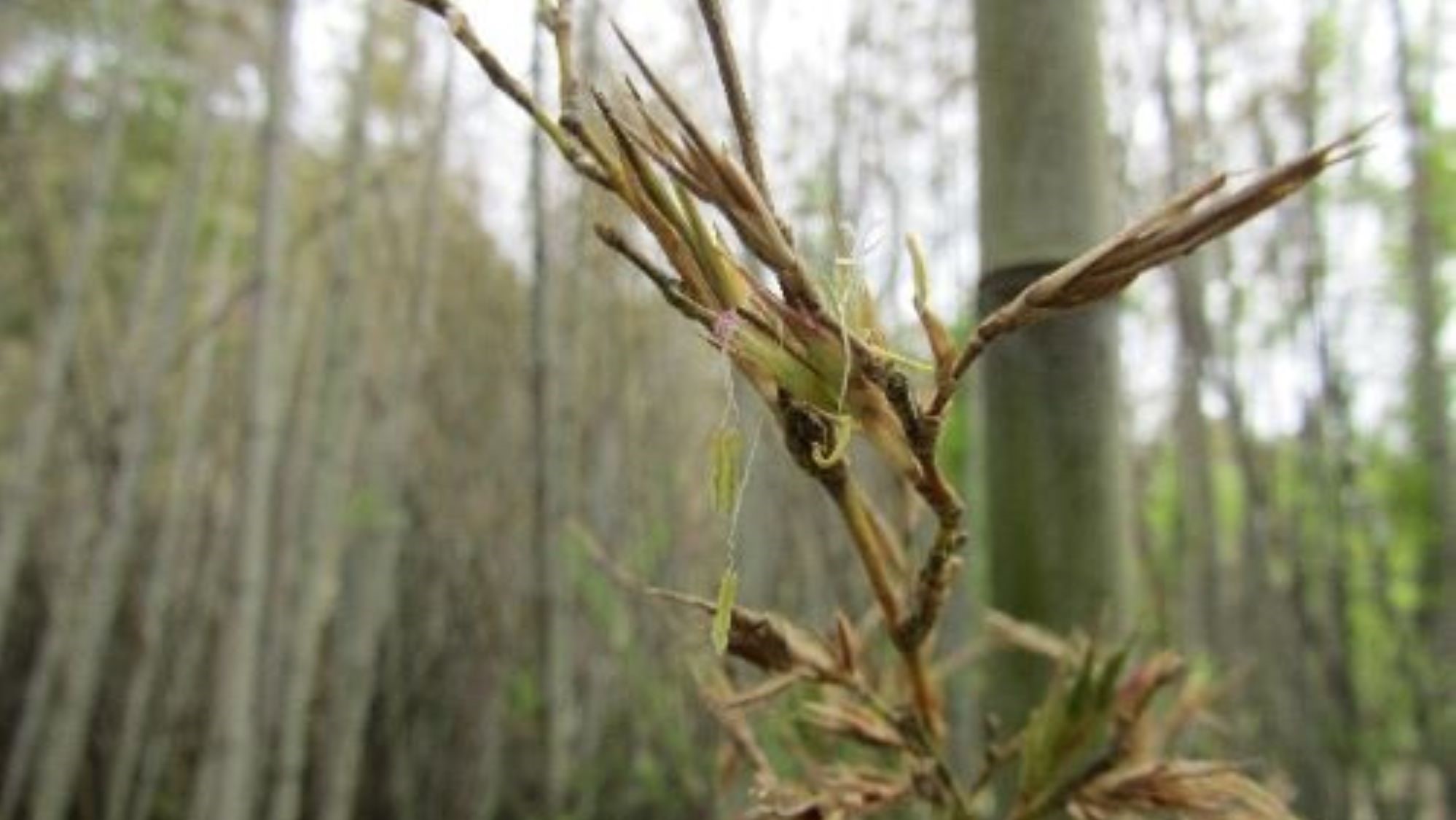Mysterious bamboo regeneration baffles scientists ahead of once-in-a-century blooming event
Henon bamboo flowers only once every 120 years then vanishes for years, and researchers have no idea how it comes back to life.

An unusual species of bamboo is about to flower for the first time in over 100 years, which could enable researchers to find out more about its mysterious regeneration process.
Phyllostachys nigra var. henonis, or henon bamboo, flowers only once every 120 years before perishing. The current generation of this species is expected to flower in 2028. However, researchers from Hiroshima University in Japan noticed that a few local specimens had begun to flower early — and they took the opportunity to study this enigmatic species.
In a study published June 12 in the journal PLOS One, the researchers found that many of the flowering specimens did not contain any seeds. The team also observed a lack of new culms growing from the root systems of those that had flowered, also showing limited asexual reproduction.
This could mean that many dense fields of bamboo may be hard to regenerate, and may disappear and be replaced by meadows.
Related: World's deepest canyon is home to Asia's tallest tree - and Chinese scientists only just found it
Henon bamboo was introduced to Japan from China in the ninth century, but scientific recordings of its regeneration process are sparse. Its 120-year flowering intervals were based on ninth-century archival documents, and previous colonies died out right after flowering in 1908, before re-establishing themselves throughout Japan, the researchers wrote.
"Scientists 120 years ago did not describe the flowering of this species very well," first author Toshihiro Yamada, a conservation biologist and forest ecologist at Hiroshima University, told Live Science "Therefore, we do not know much about the flowering ecology and regeneration process of this bamboo species."

The researchers studied a colony of early-flowering specimens they found in Hiroshima in 2020 with 334 "culms" — the woody, jointed stem in bamboo. The researchers found 80% of the culms that had bloomed over the course of three years produced no seeds.
Sign up for the Live Science daily newsletter now
Get the world’s most fascinating discoveries delivered straight to your inbox.
By the end of 2022, no bamboo culms had survived. "The question still remains about how the dead culms were replaced by a new generation," said Yamada, "Apparently, sexual regeneration does not work, since this species failed to make seeds."
Yamada said it is possible that the bamboo regenerates underground, eventually sprouting into new individual culms. After these culms are established, the bamboo would then populate vigorously to compensate for its inefficient reproduction.
However, this regeneration process may take many years and could lead to large biomass loss in the interim — this bamboo species covers a huge swathe of land, potentially upending the ecosystems it helps support. The scientists say that this would not only mean economic losses to local industries that rely on bamboo as a material, but it may also lead to environmental problems.
"Natural services given to people by bamboo includes the prevention of soil erosion and the prevention of landslides," as well as vegetation and forest cover, Yamada said.
He said he would like to study the flowering and regeneration of this bamboo species in its ancestral homeland, China, to better understand its characteristics. "Do they produce seeds in China? I'd like to study that while observing the Japanese populations of bamboo," he said.

Jacklin Kwan is a freelance journalist based in the United Kingdom who primarily covers science and technology stories. She graduated with a master's degree in physics from the University of Manchester, and received a Gold-Standard NCTJ diploma in Multimedia Journalism in 2021. Jacklin has written for Wired UK, Current Affairs and Science for the People.









